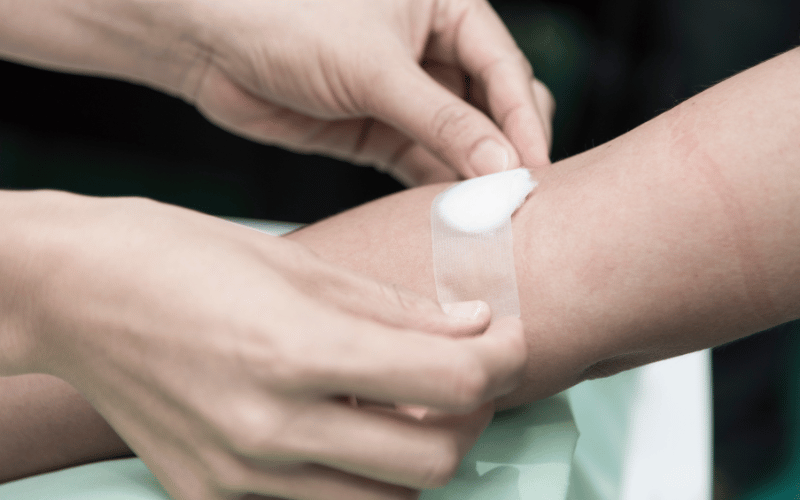6. Slow Healing of Wounds: A Subtle Alert from IGT

Slow healing of wounds is a less obvious but significant symptom of Impaired Glucose Tolerance (IGT). This phenomenon is rooted in the body’s compromised ability to repair and regenerate tissue, a process intricately linked to blood sugar levels. In IGT, even minor cuts or bruises may take longer than usual to heal, signaling underlying metabolic disturbances.
The science behind this slow healing is fascinating. Elevated blood sugar levels can impair blood circulation, reducing the supply of essential nutrients and oxygen to the wound site. Additionally, high glucose can disrupt the normal function of white blood cells, key players in the body’s healing process. This disruption hinders the body’s natural defense mechanisms, making wound healing sluggish.
Observing this symptom requires a vigilant eye. Wounds that linger, whether a small cut or a persistent bruise, can be easy to overlook, especially if they’re not causing immediate discomfort. However, these healing delays are more than skin deep; they reflect internal metabolic imbalances that need addressing.
Moreover, the implications of slow wound healing extend beyond mere inconvenience. It can increase the risk of infections and more serious complications, particularly in areas with poor circulation like the feet and lower legs. This makes it imperative to monitor even minor injuries for signs of delayed healing.
Recognizing and responding to slow wound healing in the context of IGT involves a holistic approach. It’s not just about local wound care but also about managing overall blood sugar levels. By keeping glucose in check, one can support the body’s healing capabilities, turning this subtle symptom into a manageable aspect of living with IGT. (6)